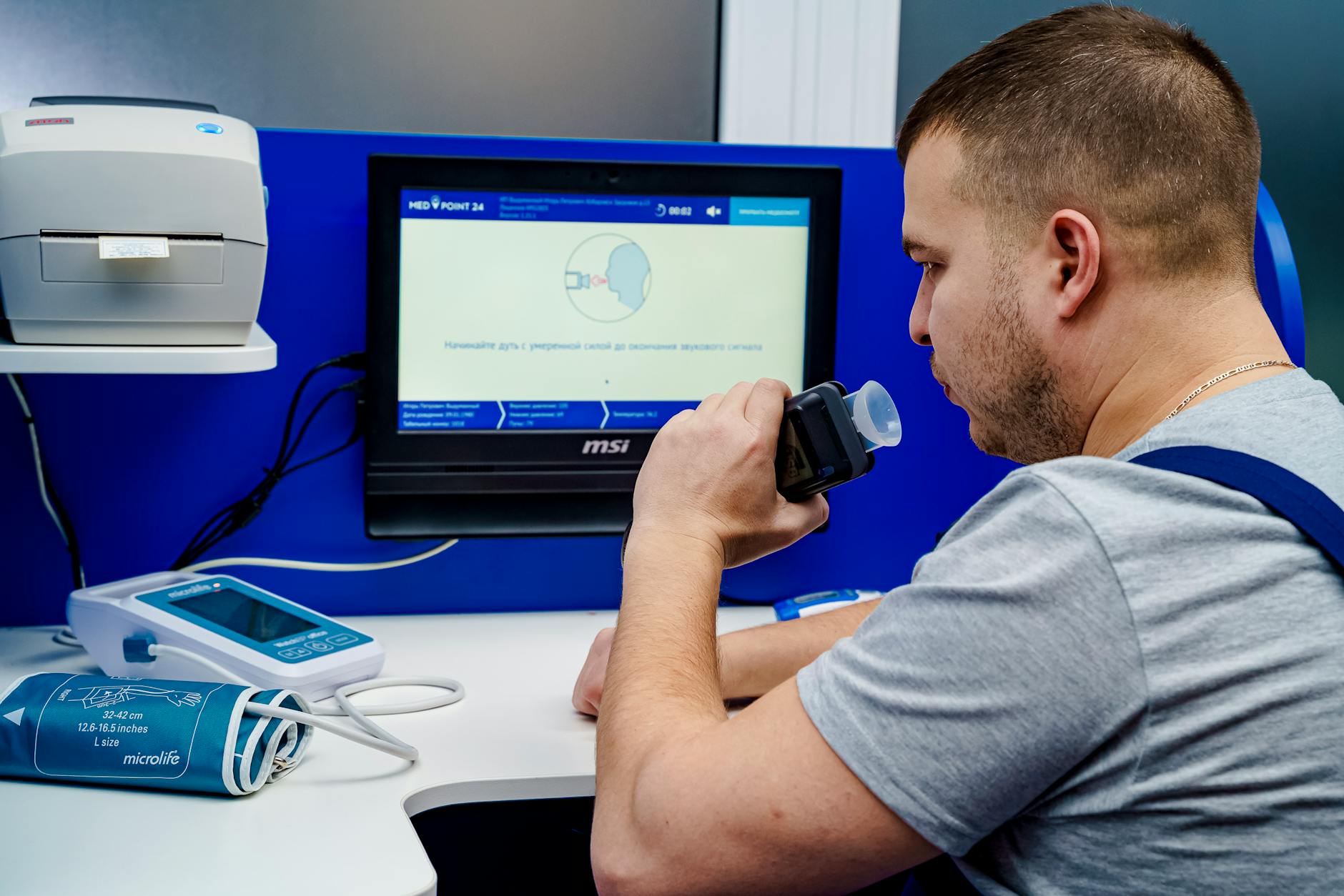Uncover the secrets behind alcohol metabolism and discover how many beers it really takes to get drunk. Don’t miss out!

Image courtesy of MedPoint 24 via Pexels
Table of Contents
Have you ever wondered how many beers it takes to get drunk? This common question can vary greatly depending on a number of factors, including individual tolerance levels, alcohol metabolism, and various influencing factors. In this blog post, we will delve deep into the science behind alcohol consumption and intoxication to help answer this intriguing question.
Understanding Alcohol Metabolism
alcohol metabolism is a complex process that occurs in the body after alcohol consumption. When you drink beer, the alcohol enters your bloodstream through the stomach and small intestine. From there, it is metabolized by the liver at a rate of about one standard drink per hour. However, this rate can vary depending on factors such as age, gender, and liver function.
Individual Tolerance Levels
Why can some people handle more alcohol than others? The answer lies in individual tolerance levels, which can be influenced by a variety of factors. Genetics play a significant role in determining how much alcohol a person can handle, as well as their alcohol use history. Additionally, factors such as body weight, hydration levels, and overall health can also impact tolerance levels.
Influencing Factors on Intoxication
While the number of beers it takes to get drunk can vary from person to person, there are several external factors that can influence intoxication levels. The rate of alcohol consumption, the alcohol by volume (ABV) of the beer being consumed, and whether or not food is consumed along with the alcohol can all affect how quickly someone becomes intoxicated. It’s important to be mindful of these factors and drink responsibly.
In conclusion, the question of how many beers it takes to get drunk is not a simple one to answer. Alcohol metabolism, individual tolerance levels, and various influencing factors all play a role in determining how alcohol affects the body. By understanding the science behind alcohol consumption and intoxication, we can make more informed decisions about our drinking habits and ensure that we drink responsibly.
Frequently Asked Questions
How can I increase my tolerance to alcohol?
Answer 1: Increasing alcohol tolerance is not recommended, as it can lead to potential health risks and alcohol dependence. It’s best to drink in moderation and be aware of your limits.
Does mixing different types of alcohol affect intoxication levels?
Answer 2: Mixing different types of alcohol can increase the risk of negative side effects and make it harder to gauge intoxication levels. It’s best to stick to one type of alcohol to avoid potential complications.
How long does it take for alcohol to be fully metabolized by the body?
Answer 3: On average, it takes about one hour for the body to metabolize one standard drink of alcohol. However, this can vary based on individual factors such as metabolism, hydration levels, and overall health.
Is there a safe amount of alcohol that I can consume without getting drunk?
Answer 4: The concept of a “safe” amount of alcohol varies from person to person. It’s important to be mindful of your own tolerance levels, drink responsibly, and avoid exceeding recommended guidelines for alcohol consumption to prevent intoxication.
Generated by Texta.ai Blog Automation
Leave a Reply